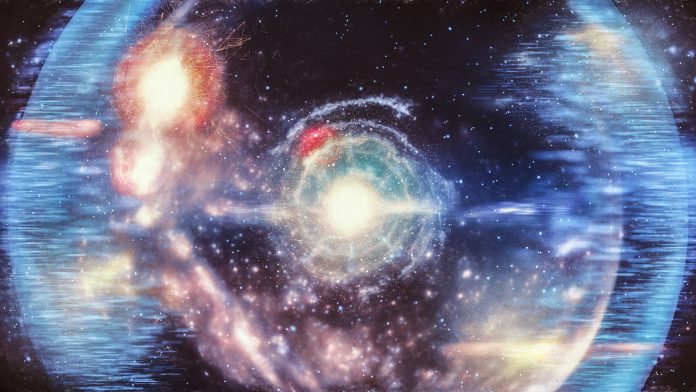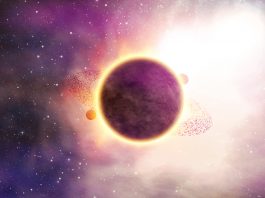Six UK universities have received significant funding to solve the most ancient mystery in the Universe – what caused the big bang?
The project will see the Universities of Manchester, Cambridge, Cardiff, Oxford, Sussex, and Imperial College London join an international astronomy mission to unearth the Universe’s enigmatic origins. The investment will enable the institutions to provide a major upgrade to the cosmic microwave background (CMB) experiment – otherwise known as Simons Observatory (SO). The CMB is the trail of heat left by the Big Bang. Analysing its fluctuations enables experts to understand how the Universe was formed.
The international mission is led by the US and supported by the Simons Foundation and the Heising-Simons Foundation, which includes 85 institutes from 13 countries. £18 million in funding from UK Research and Innovation will support UK researchers in developing two additional telescopes to optimise the sensitivity of the SO.
Dr Colin Vincent, Associate Director for Astronomy at STFC, said: “This major investment by UKRI will allow UK researchers to spearhead discoveries alongside partners in this international facility, uncovering the secrets from the very dawn of time.”
What will the SO:UK project entail?
The SO is a ground-based telescope located on a mountain 17,000 feet above the Atacama Desert in Chile. The SO was initially comprised of a single large aperture telescope and three small aperture telescopes.
Now, UK universities are set to bring significant upgrades to the SO. The University of Manchester will lead the endeavour, assembling and testing one of the project’s two telescope receivers at the university. Additionally, one of the SO:UK telescope mounts will be installed at the Jodrell Bank Observatory.
Both receivers will then be installed on the mount at Jodrell Bank for full system verification tests, before being transported to the observing site in Chile. The University of Manchester will also host the SO:UK data centre and will be instrumental in the pipeline development work.
Unravelling the origins of the Universe
CMB radiation fluctuations provide crucial information about what caused the Big Bang, as it shows how the matter was distributed shortly after it – the initial seeds of all structures in the Universe. Analysing CMB gives insights into the origin of structures and how initial matter fluctuations grew over time to build the Universe today.
SO’s observations will make groundbreaking discoveries that will help us understand how the Big Bang led to the formation of stars and galaxies. The two types of SO telescopes will perform different roles. The small aperture telescopes focus on searching for signatures of primordial gravitational waves that would illuminate the physics at play during the early stages of the Universe.
The large aperture telescope will answer a range of unresolved mysteries, such as the nature of neutrinos and other relativistic species, the characteristics of dark matter, and what caused the Universe’s rapid expansion.
The UK lead, Professor Michael Brown, of The University of Manchester, concluded: “SO is poised to become the leading CMB project of the 2020s. It will address some of the most profound questions in all of science. With this major new funding, UK scientists will continue to play a world-leading role at the forefront of this high-profile science area.”









